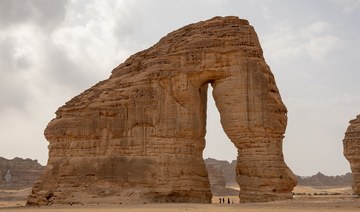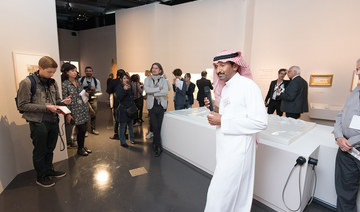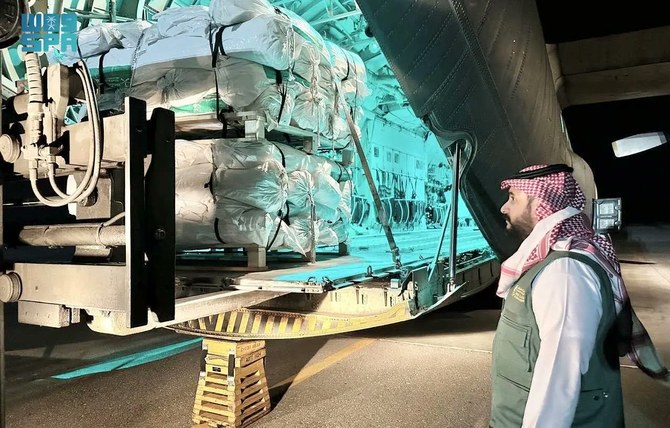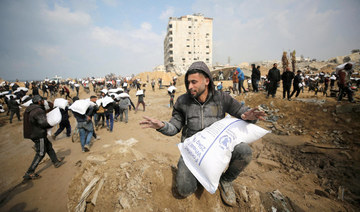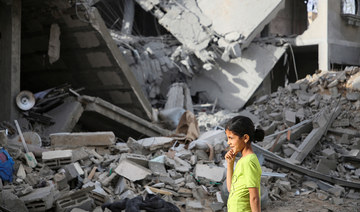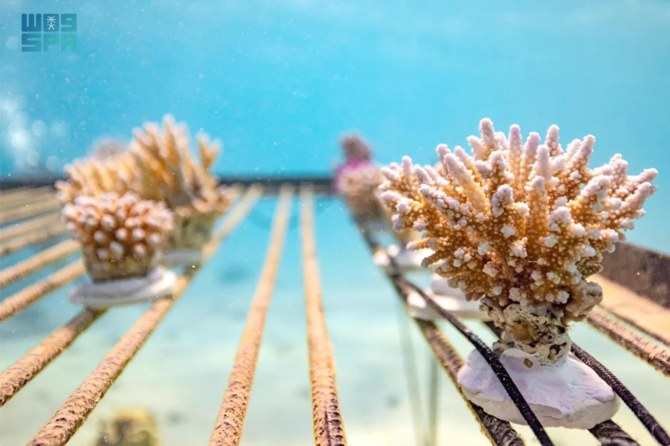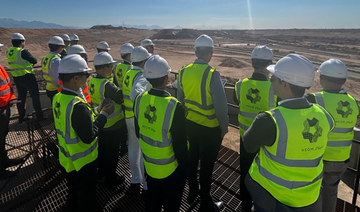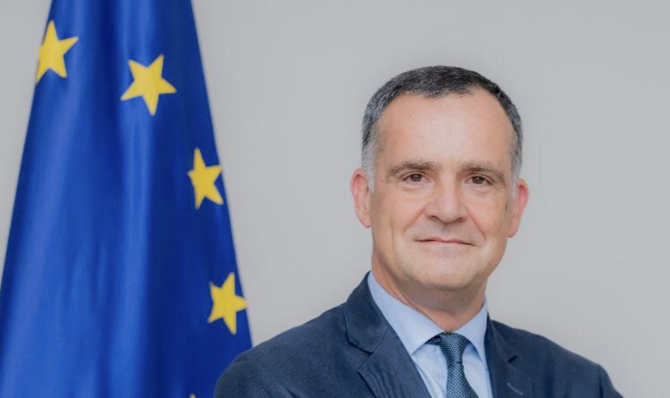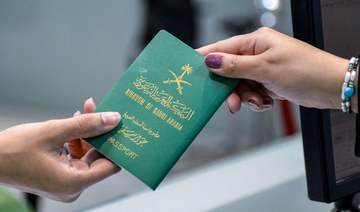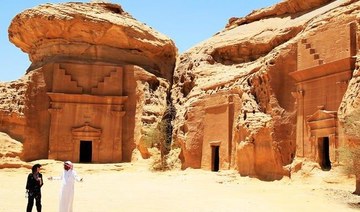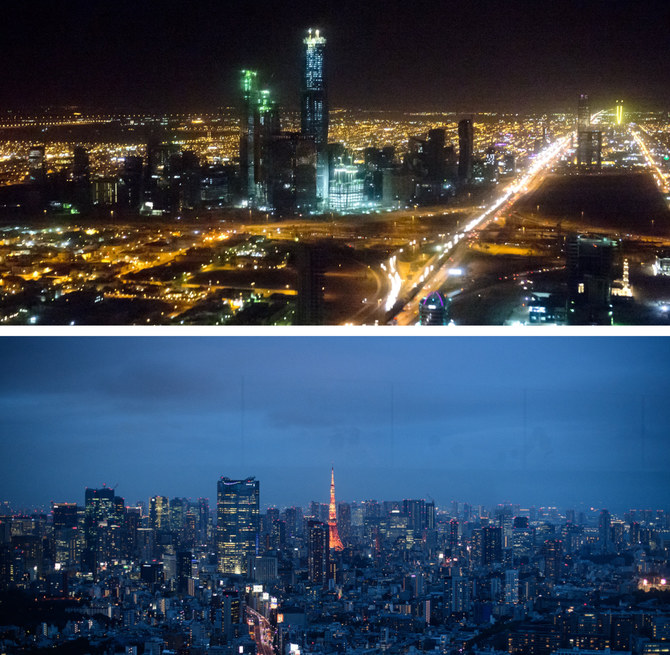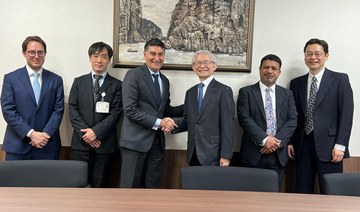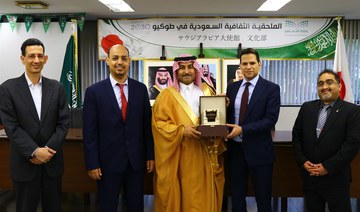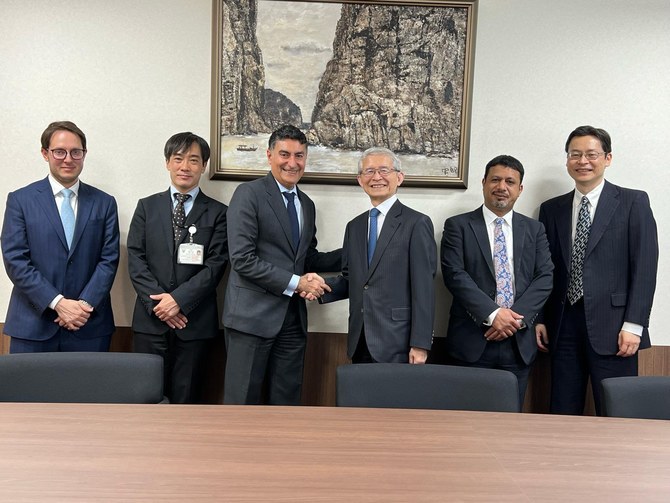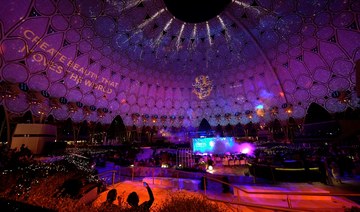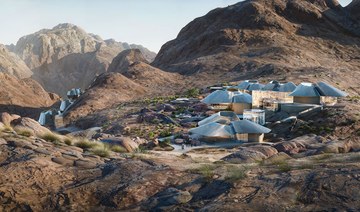PARIS: Few spots in today’s world have remained mysterious to today’s archaeologists and scientists, armed with the latest, hi-tech tools that enable them to visualise and recreate the world as it may have been thousands, or even millions, of years earlier.
Yet, AlUla, located on an important route with links to Damascus, Europe, Asia, Africa and the Arabian Peninsula, continues to remain hidden in a veil of mystery even as teams experts try to pry open the diverse region to understand its origins and history.
Lying on the route that connected Aden in the south to Damascus in the north, and from there onwards to Europe, AlUla is believed to have been on the crossroads of several civilizations and multiple cultures. It was an important resting place on the trade route, with its abundant water supply feeding several oases and lush green farms.
Since the emergence of Islam, it has also been an important site on the route connecting most of northern Middle East and Africa with Makkah and Madinah.
A dedicated team of French and Saudi archaeologists, historians and researchers, assisted by a host of experts from around the world, has been trying to rebuild the story of AlUla since prehistoric times right up to today.
Dr Laila Nehmé, a French historian and archeologist, has been involved in uncovering the mysteries of AlUla for nearly 30 years.
She and her colleagues have been able to fill in many holes in the site’s timeline and reconstruct, using a clutch of modern tools and computer software, a fairly comprehensive story of a site that appears to have been continuously inhabited by humans for more than 200,000 years.

Painting on AlUla being shown at the Paris exhibition.
This is the story being told in a breathtaking exhibition entitled “AlUla Wonder of Arabia” that has been organized by the Royal Commission of AlUla, in collaboration with the French culture ministry and the Institut du Monde Arabe (Institute of the Arab World) in Paris.
The exhibition showcases all aspects of AlUla and its evolution in the past 200,000 years, including 7,000 years of human inhabitation.
Covering more than 30,000 square kilometers, an area equivalent to that of Belgium, AlUla has seen several transformations in its geological as well as zoological composition. An impressive 3D model of the region, illuminated by computer software, recreates the geological and natural evolution of the region, with a range of diverse incidents such as large-scale floods, immense volcanic eruptions and of course the seemingly endless desertification.
All of these incidents have had a huge impact on AlUla’s history and this is what is recreated in the exhibits at the IMA.
The exhibition, was inaugurated on Monday by the Saudi Culture Minister Prince Badr bin Abdullah bin Farhan and Franck Rieter, the French culture minister, as well as Jack Lang, the President of the IMA and a former French minister.
Nehmé says that AlUla is literally a living museum, with its extremely well-preserved tombs, historic dwellings, monuments as well as captivating sandstone outcrops that hide in their hearts a largely untold story of more than 200,000 years of history. And despite the 30-years put in by her and dozens of other researchers, AlUla seems to be preciously guarding its secrets.
For instance, Nehmé says that it is very difficult to predict with any degree of certainty the human dimensions of AlUla, especially the variations in its population over the several cycles of ups and downs that the region clearly has seen over the course of its long history.
- AlUla was the capital the ancient kingdoms of Dadan and Lihyan, which controlled the caravan trade.
- Mada’in Salih was the principal southern city of the Nabatean kingdom, famed for its spectacular monumental tombs.
‘‘I would say it is difficult to put a finger on the exact figure of what might have been the maximum or even the optimum population of AlUla at a given time, notably in the early years of Dadanite and other pre-Roman eras. I might venture to say between 5,000 to 20,000, but it is only a guess and not based on any scientific certitude,’’ Nehmé told Arab News during a preview offered to leading media from around the world just before the official inauguration.
Another big mystery about AlUla is the transition between various kingdoms and empires. In the span of less than 800 years, from the 6th century BC to 2nd century AD, AlUla changed hands between the neolithic empires of Dadanites and Lihyanites and then onto the Nabateans from the Jordan valley and finally the Romans in the 2nd or 3rd century AD.
Despite the frequent changes, Nehmé says the team of archaeologists has not been able to pinpoint the exact nature of these political changes.
‘‘We have not found any significant elements that can allow us to conclude that there may have been wars between the kingdoms, nor do we have any particular catastrophic moment that may have led to the change of power in AlUla.
For instance, if we had found traces of large-scale burnings or destruction at a particular time in history, we may have looked at possibilities like outbreaks of wars or diseases or even natural catastrophes. But here, so far, we have not yet found any such elements,’’ says Nehmé.
For Amr Al-Madani, the Chief Executive Officer of the Royal Commission of AlUla, these unresolved mysteries can only add to the allure of the region for not just scientists and researchers from all across the world, but tourists and those interested in learning about human civilization and its evolution as well as people that like nature and environment.
‘‘AlUla has everything for anyone looking for any of these elements. It is a jewel of Saudi Arabia and we want to share this with the entire world and that is why we are mounting a series of events and activities to allow visitors from all over the world to come and enjoy at AlUla and relive the story of the evolution of human civilisation,’’ Al-Madani said.
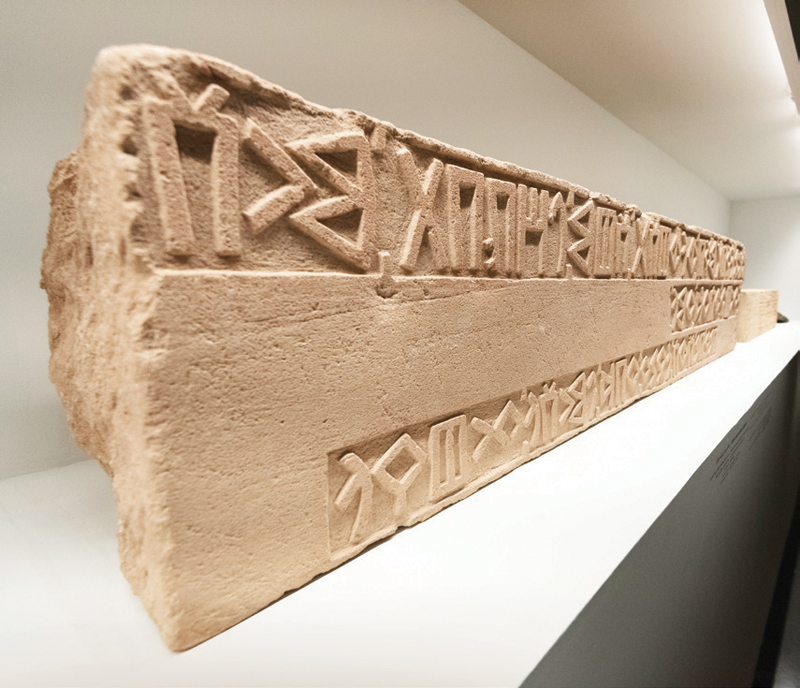
A Nabatean inscription
Amongst the several wonderful sights that await visitors in AlUla are thousands of rock inscriptions dating back to the prehistoric period and some of which also go on to show the evolution of the Arabic script as the Nabatean script slowly evolved into Arabic in the early centuries of the first millennium AD.
AlUla also has hundreds of tombs built by Nabateans in the same style as in their most famous city, Petra, in Jordan. The most famous Nabatean site in AlUla is of course Mada'in Salih, also known as Hegra, which was recognised by UNESCO as the first World Heritage Site in Saudi Arabia.
AlUla is a repository not just of the beauty of human creations. There are plenty of nature’s wonders, too, for the visitors to admire. There are hundreds of sandstone and basalt rock outcrops, carved beautifully by nature over thousands of years that offer a breathtaking view.
Al-Madani said the Royal Commission of AlUla has planned a series of activities, beginning later this year, to allow visitors and tourists to relish the region, even though the site will be thrown open fully to tourists only in October next year.
While opening the AlUla to the world, Al-Madani also stresses that the royal commission will keep the focus on community involvement and sustainable tourism to ensure that not only the heritage of AlUla is well-preserved, but that the local community remains a major stakeholder and beneficiary of tourism and the cultural activities that would take place there.
‘‘We need to be sure that we hand over AlUla to the future generations in the same unspoilt and well-preserved state in which we have inherited it,’’ Al-Madani said.




